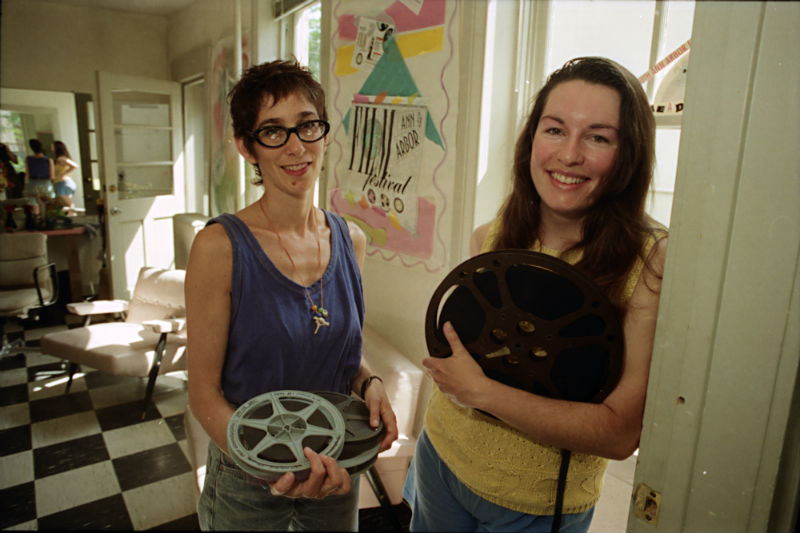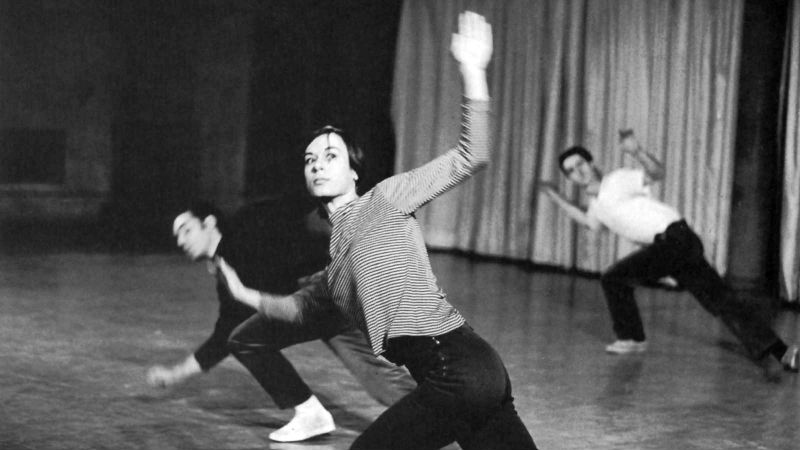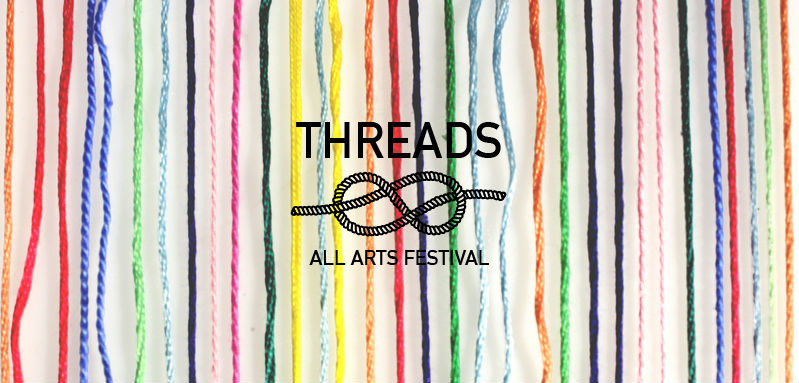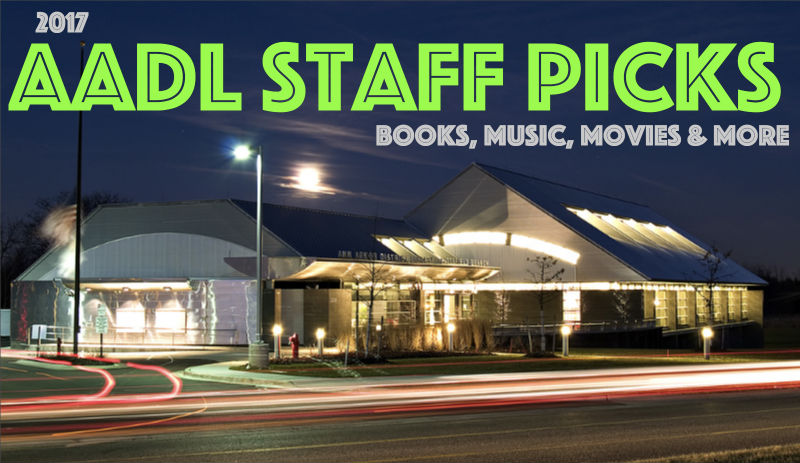"Those Who Come, Will Hear" speaks loudly for indigenous languages at the Ann Arbor Film Fest

The best thing a film about languages can do is let the speakers speak for themselves.
Those Who Come, Will Hear, a Canadian documentary that shines a spotlight on several indigenous languages of Quebec, not only gives voice to languages that are endangered (such as Innu-aimun and Inuttitut) but also deftly illustrates how language is so tightly woven to culture and tradition. (The film is one of the 10 features in competition at this year's Ann Arbor Film Festival.)
Vick's Picks: Former A2 Film Fest exec Vicki Honeyman curates an evening of cinema

Vicki Honeyman knows a thing or two about film.
As executive director of the Ann Arbor Film Fest from 1988-2002, Honeyman nurtured and expanded the event by acquiring sponsorships, personally screening films for the festival, and much more.
Honeyman is now the owner of the hand-crafted jewelry store Heavenly Metal at 208 N. Fourth Ave. in Kerrytown, but she's been invited to use her cinematic curatorial skills once again for AAFF's 56th anniversary, March 20-25. "Vick’s Picks," shown March 24 at 9:15 in the Michigan Theater, features 13 films from Honeyman's 15-year tenure as AAFF's leader.
We chatted with Honeyman at Heavenly Metal about her picks for this year's AAFF.
Yvonne Rainer's movies dance away from the mainstream at the Ann Arbor Film Fest

If you don't yet know the work of Yvonne Rainer, after the 56th annual Ann Arbor Film Festival, you most certainly will.
The post-modern dance maverick and her work will be highlighted during AAFF, which runs Tuesday, March 20 to Sunday, March 25. Rainer, who is known for her provocative style of dance and fragmented narrative style of film, began her career in the 1960s as a founder of the Judson Dance Theater. She then transitioned to film-making in the mid-'70s. After making seven experimental feature-length films, Rainer returned to choreography in 2000 when she choreographed After Many A Summer Dies a Swan for the Baryshnikov Dance Foundation. Currently, Rainer works with a troupe of talented people who take her dance to Europe and across the United States.
Rainer will present her essay-turned-lecture "A Truncated History of the Universe for Dummies: A Rant Dance" at the Michigan Theater on March 22 at 5:10 p.m. as part of the Penny Stamps Speakers series. (The documentary Feelings Are Facts: The Life of Yvonne Rainer screened at UMMA on March 7.)
On March 23 at 7 pm, Rainer's sixth feature film, Privilege, will be shown at the Michigan Theater screening room. Privilege is a pioneering take on menopause and was called her "most accessible film" by the Village Voice. Five Easy Pieces, her collection of short films made 1966-1969, screens Saturday, March 24, 4 pm at the Michigan Theater.
We chatted with Rainer about Privilege, Five Easy Pieces, filmmaking, and dance.
Slicing Up the Cinema: Two Samurai series come to the Michigan & State

From Feb. 5 to April 16, the Michigan and State Theaters will be under the blade. Many blades, actually, as two film series exploring Japan’s historic warrior class will take over the screens.
Save for Kenji Mizoguchi's The 47 Ronin, all the films in the Enter the Samurai series at the Michigan Theater were written and directed by Akira Kurosawa, the most celebrated moviemaker in Japanese history. Every film in the Lone Wolf and Cub series, screened at the State, is based on the epic manga by Kazuo Koike and Goseki Kojima.
Enter the Samurai will occur weekly on Mondays except for March 26. Skipping a week gives viewers' sword scars a chance to heel since the Lone Wolf and Cub series will screen nightly between March 20-25. That’s hella consecutive days of samurai swords slicing up the cinema.
All 17 movies in both series are presented in Japanese with English subtitles. Written previews of each film are below courtesy of the Michigan and State, along with trailers and a link to the Samurai cinema in AADL's collection.
"Korean Cinema Now" returns to the Michigan Theater with 8 celebrated films

The Korean Cinema Now festival, sponsored by the Nam Center for Korean Studies, returns for its annual occupancy in the Michigan Theater’s 200-seat Screening Room theater. This year’s screenings are two Saturdays per month at 1 pm from Jan. 20 through April 21.
South Korea is known for its robust film industry, and the eight feature-length movies being shown at the Michigan Theater represent many high points from the peninsula's 2016-2017 movie scene.
But the best part of Korean Cinema Now? It's free.
Check out the trailers, dates, and synopses below:
Ann Arbor Tech Film Showcase features 8 shorts that analyze the consequences of technology

The total combined running time of the eight movies in the first Ann Arbor Tech Film Showcase is 59 minutes -- which seems the perfect length in our age of hyper-accelerated information cycles.
Sponsored by Duo Security, Ann Arbor SPARK, A2Geeks, and Q+M, the Ann Arbor Tech Film Showcase is at the Michigan Theater on Friday, Jan. 19, 5-9 pm. Its mission is “to increase cultural diversity and interest in tech films and to promote, discuss and educate in the medium of science fiction and technology. We encourage rich storytelling, filled with infinite possibilities that challenge us and question our perception of the future.”
The evening kicks off with a pre-screening meet and greet in the lobby and the night will include a panel discussion with the filmmakers whose movies “explore a selection of short films that highlight the consequences of technology.”
The Ann Arbor Tech Film Showcase is free, but you have to register for tickets.
Here's a rundown of the shorts being shown:
Woven Together: Threads All Arts Festival returns for 2018

The Threads All Arts Festival has finally been rescheduled. The second edition was originally set for August 2017 at the Ann Arbor Distilling Company, but when the city put a temporary kibosh on live events at the artisanal spirits space due to parking issues, Threads was called off. It took the U-M student-run festival a while to reorganize, but it has now found a home in Ypsilanti’s Historic Freighthouse and will present its rangy mix of live music, dance, film, poetry, and art on March 10-11.
The idea for Threads began in 2015 when Nicole Patrick (U-M 2016, percussion and jazz and contemporary improvisation) and her friends "wanted to find a way to share, with many people, all the amazing art they saw coming out of their friends and neighbors," they told Pulp contributor Anna Prushinskaya for piece meant to preview the 2017 edition.
But along with the break came a new mission statement that shows Threads has expanded its focus:
Life, Stories: "Me, the 'Other'" makes its world premiere at the Michigan Theater
Me, the "Other" is a documentary that explores the ways race, ethnicity, religion, sexual orientation, and gender have impacted 12 Washtenaw County college students. The film makes its world premiere on Monday, Jan. 15, at the Michigan Theater.
"'Otherness' is never one thing" is the doc's guiding light as the filmmakers allow the students to tell their disparate tales in full so viewers can understand and appreciate their humanity. “I’ve come to see our differences in beauty like different flowers in one garden," said Shahrzad Mirafzali, co-producer of Me, the "Other" and University of Michigan School of Dentistry faculty member.
AADL 2017 Staff Picks: Books, Movies, Music & More

The list below is a collection of books, music, movies, and more that made an impression on our eyes and ears in 2017.
Remake, Remodel: The State Theatre rises once again

The March 17, 1942, edition of The Ann Arbor News was mental about the State. The paper’s entire second section was dedicated to the first movie theater to open in Ann Arbor since the Michigan Theater flung open its doors Jan. 5, 1928. “ABLAZE WITH RADIANT BEAUTY” trumpeted the all-caps headline above a glowing black-and-white photo of the State Theatre’s gorgeous marquee. At least 18 stories were published about the State (“New Local Theater Most Modern Found in Michigan”), its owners (“Butterfield Theaters, Inc. Now Operating 114 Houses”), and other film-related tales, including “Opening Of New Theater Revives Memories Here Of Student Riot In 1908,” which destroyed Ann Arbor’s original movie house, The Star. And the section was filled with congratulatory advertising, including one headlined “The New Pride of Ann Arbor,” purchased by the George W. Auch Co., the State Theatre’s general contractor, though 35 different firms worked on the build. That edition of the newspaper was a full-on love letter to the State Theatre, and The Michigan Daily was similarly smitten, dedicating six pages to movie-house-related stories. There’s akin ardor in today’s digital-media realm about the venerated movie house’s latest reinvention, which opens its doors to members on Friday, Dec. 8 and to the public on Saturday, Dec. 9.


































